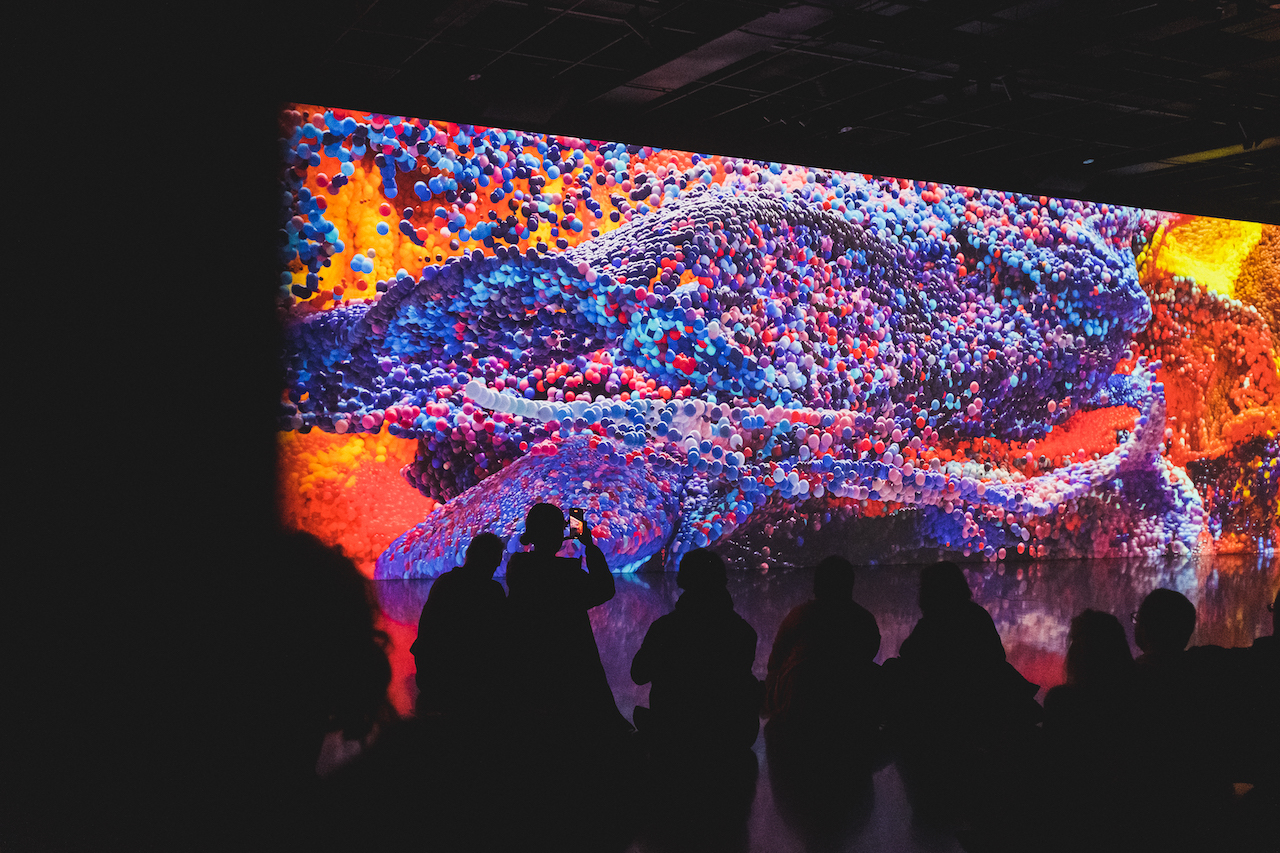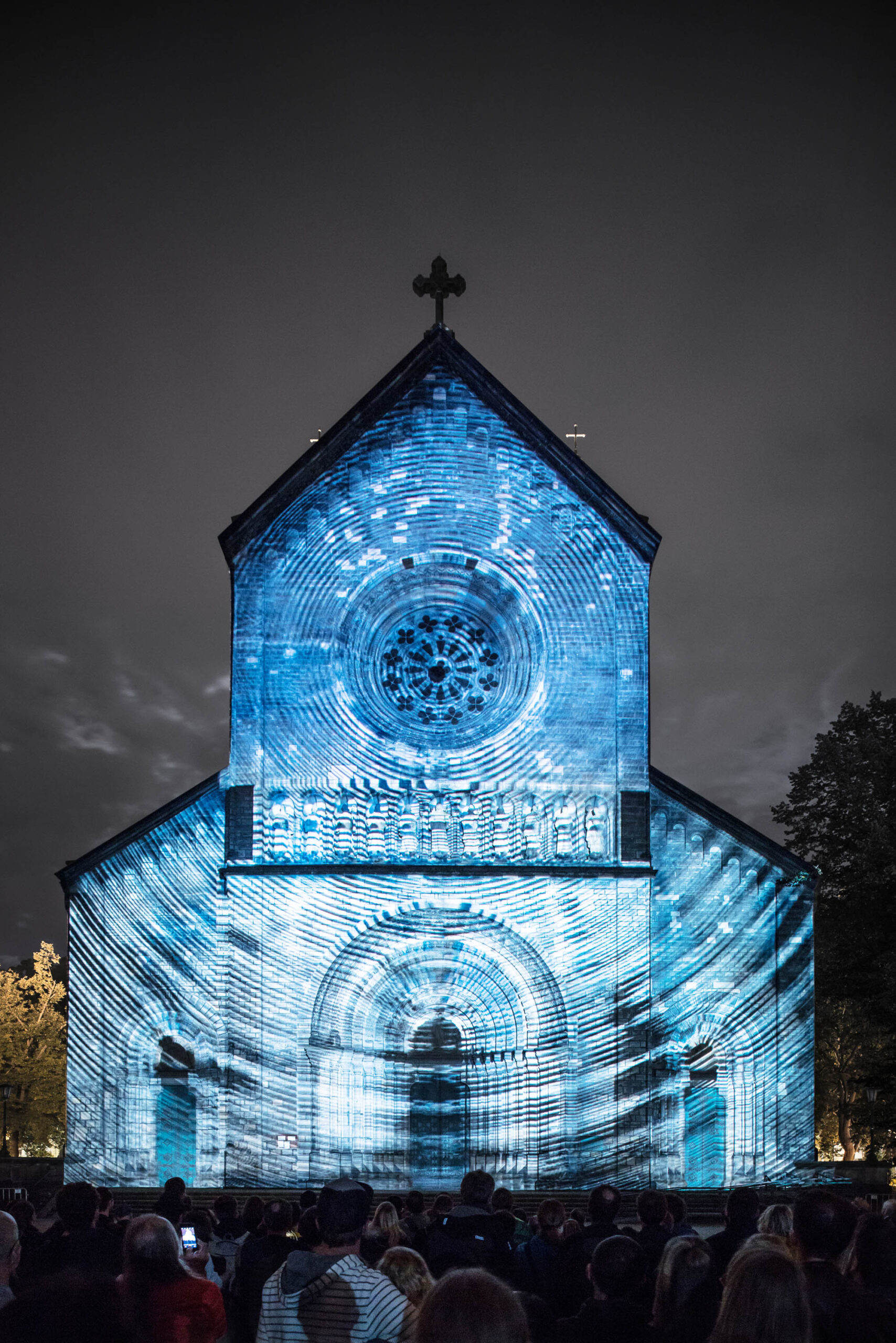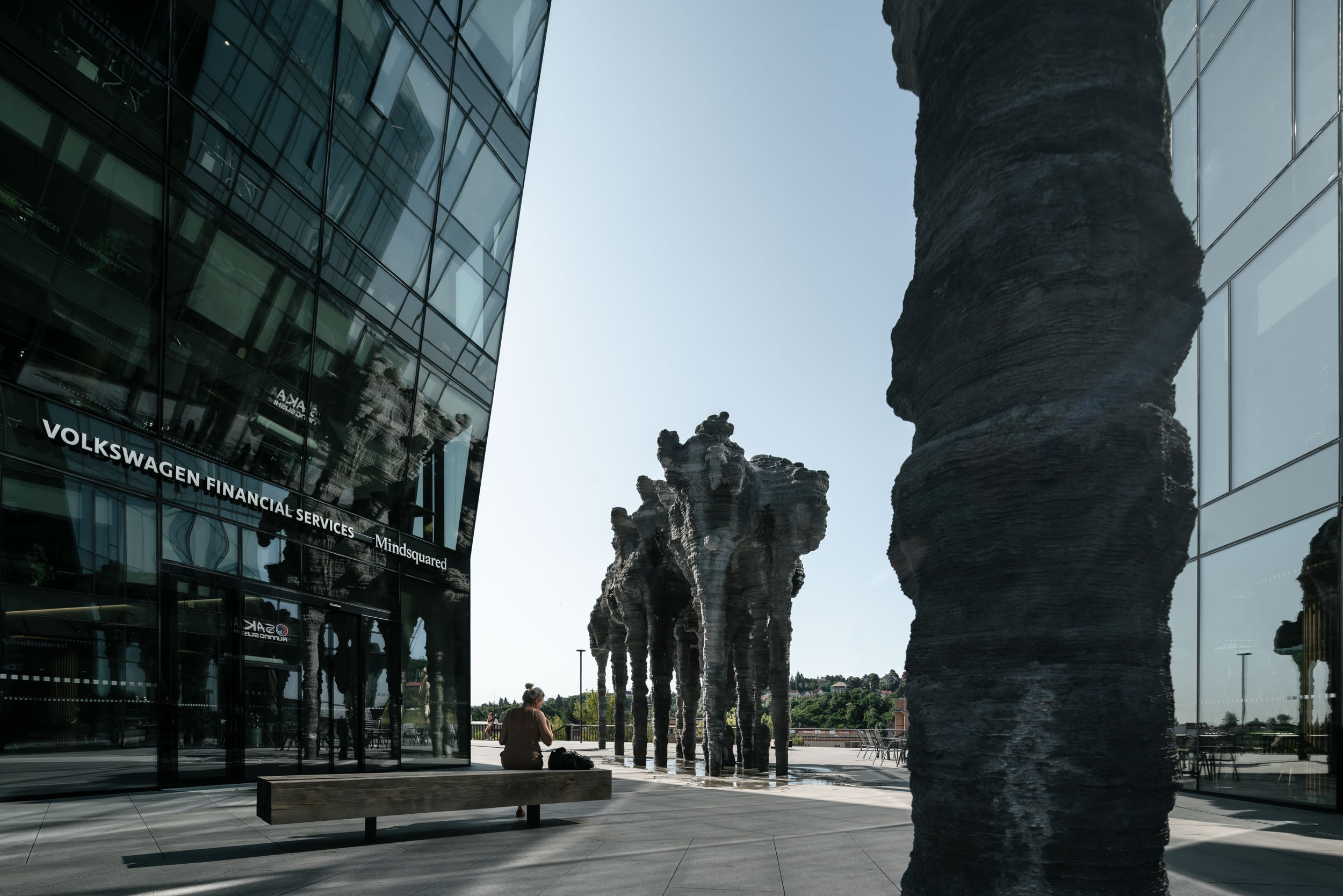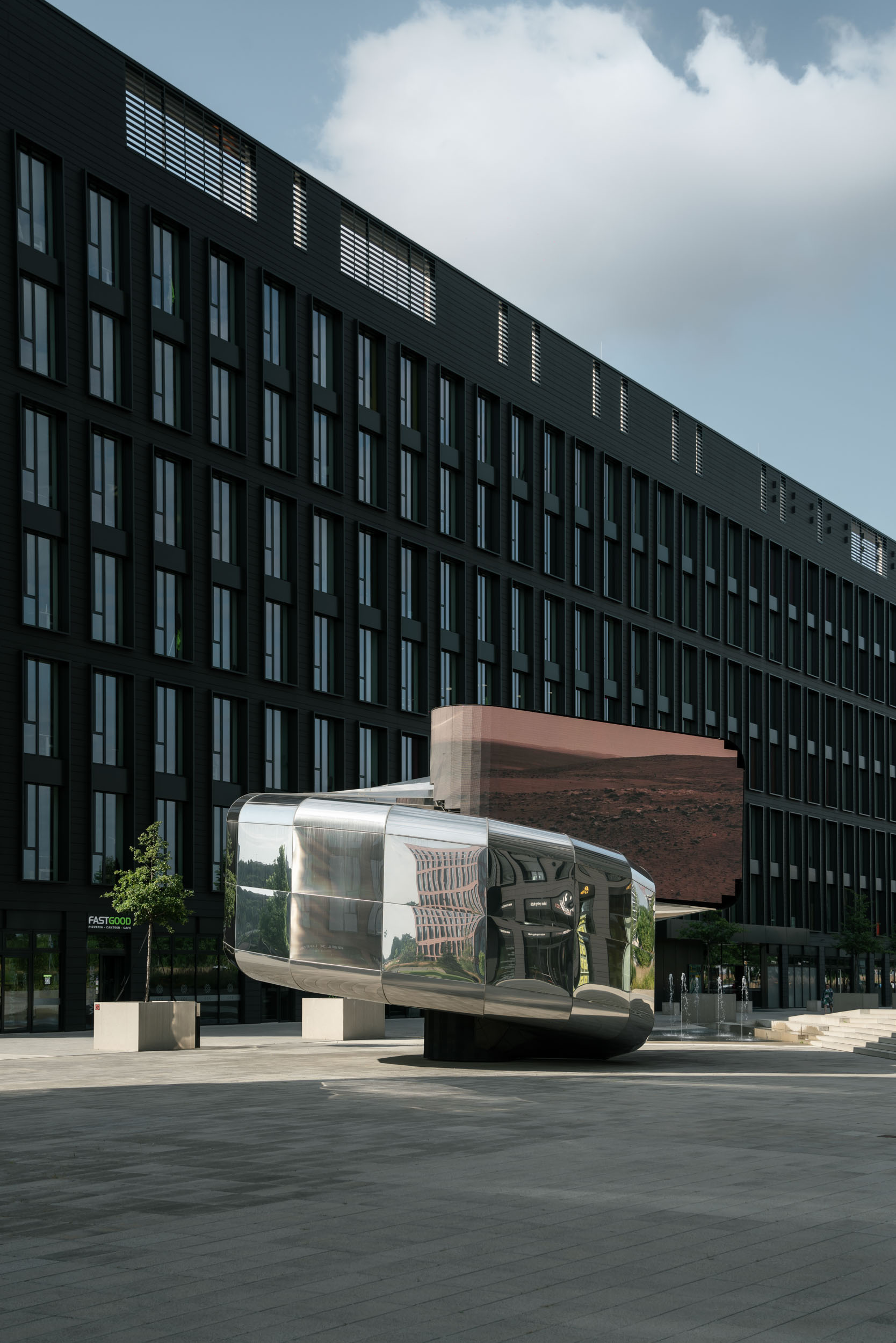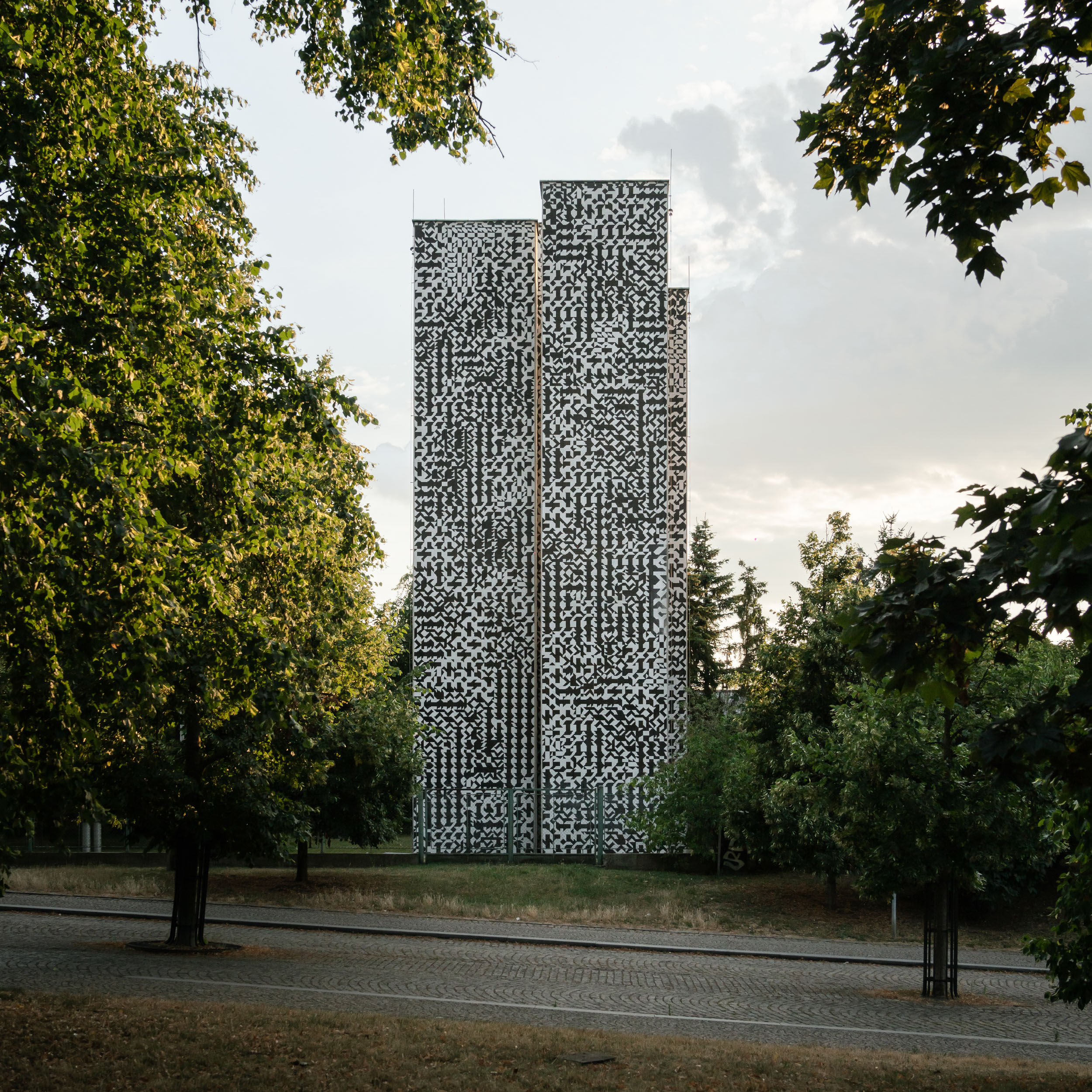Pavel Mrkus, together with Daniel Hanzlík, founded and runs the Time-Based Media studio at the Faculty of Art and Design of the J. E. Purkyně University in Ústí nad Labem, where he was also the dean for two periods. Besides that, you are also involved in your own mainly digital artistic work.
In the interview, he gave us an overview of the new three-year programme cycle of the Signal Festival under the overall title Ecosystems, in which he curates artistic explorations of environmental, cultural or scientific and technological connections in our society. And he answered more questions about the nature of the festival and the future of digital art.
Where are digital technologies in art heading? According to Pavel Mrkus, they could go in different directions, because they are themselves still open. “You can work on a certain topic and elaborate on it in parallel running projects. Artificial intelligence, virtual reality, computer vision, and other means that are delegated from the hand of the artist to a system are emerging – that is definitely the way to go, but the classic formats such as video, audio format, photography will remain,” Pavel Mrkus describes.
Signal Festival, which works with new approaches in digital technologies, will be very diverse this year in terms of the techniques used. Videomapping, which has long been a staple of light festivals, remains, but is evolving and you can look forward to many more techniques. “Videomapping no longer works with content, it’s not just a form, artists work with the content they put into it. Other means will include sound art – a multi-channel pure sound composition, a sculptural installation that works with classical sculptural forms in one of the squares, then technologically cutting edge formats,” Pavel Mrkus describes the works you can look forward to at this year’s edition.
How does the curator select the artists? “The strategy is that half of the artists at the festival are from abroad, about half of the works are new and the festival produces them, and the other half are works that are already finished,” says Pavel Mrkus, adding that the festival also supports young artists through two competitions: the NEON Prize for students and recent graduates, and the Open Call without age restrictions.
The Festival of Light is not just entertainment in the streets, Signal is taking a course towards a format of contemporary art performance that uses light as one of its means. “Every festival is specific in some way, Signal emphasizes and connects new technologies, the search for new paths, the creation of new projects in collaboration with different institutions – with universities, research institutions, galleries, etc. It is also interested in public space as such,” Pavel Mrkus explains the character of the Prague Festival of Light.

